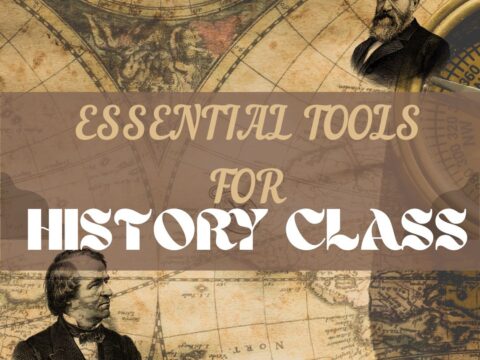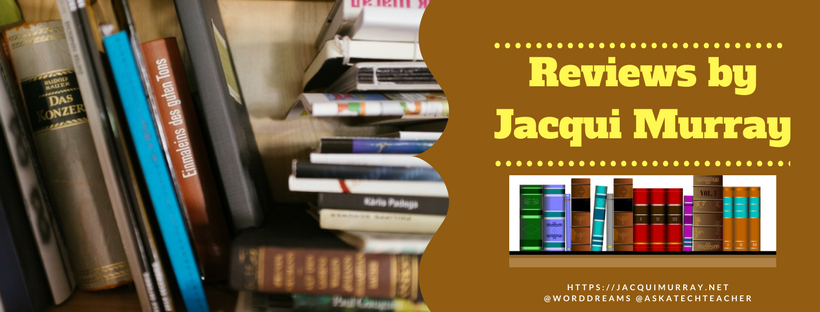 My school is an IB school. We follow the philosophy that to educate students requires an international understanding of the world, people and ideas. Part of the curriculum requires fifth graders to participate in an Exhibition where they use knowledge accumulated over six years of education to communicate their ideas on a global issue such as displacement, global warming, lack of education, pollution, world hunger, and limited access to fresh, clean water.
My school is an IB school. We follow the philosophy that to educate students requires an international understanding of the world, people and ideas. Part of the curriculum requires fifth graders to participate in an Exhibition where they use knowledge accumulated over six years of education to communicate their ideas on a global issue such as displacement, global warming, lack of education, pollution, world hunger, and limited access to fresh, clean water.
Last year, the fifth grade team asked me to brush students up on Publisher/PowerPoint/Word skills so they could construct their presentation. This year, I’m taking a different approach by encouraging students to think of other ways than these traditional ways to communicate their ideas. We’re spending six weeks studying and teaching each other some of the amazing online communication tools that offer motivating and inspirational ways to share thoughts.
Here’s how we’re doing that:
- I reviewed with students the concepts of communicating ideas, the shortfall of confining themselves to tools such as MS Office, and then gave a quick overview of seventeen Web 2.0 Communication Tools. All are free and as many as possible require no log-in
- Students broke into three-person teams and selected a Web 2.0 tool from the list (note to self: let students create the list next year).
- All students joined the class wiki and created their own page (using only first names). On this page, they will share the tool they’re teaching as well as those learned through classmates
- I demo’d how a presentation would work using the wonderful online program called Tagxedo.
- I reviewed the tool and everyone created a Tagxedo
- I showed them how to incorporate the Exhibition theme into the Tagxedo. This will be expected of all tools they teach
- I showed them where to find Tagxedo’s embed tools so it could be added to their wiki page. All students did this and they loved it. To see that image animate is an epiphany in communication
- I reviewed the rubric that I would use in grading. It includes four broad areas:
- knowledge of the tool
- ability to teach students
- reflection on the lesson
- group work
- In their preparation, I encouraged students to embrace mistakes, problem-solve, be curious, as this will help them help classmates during the presentation
- Each week, a different team of students taught the class. One team member provided instruction while the other two roamed the classroom helping where classmates got stuck. Estimated time of presentation: 20 minutes (though longer is OK)
- In the presentation, students modeled how to incorporate this tool into an Exhibition
You may not teach at an IB school, but the importance to students of gaining a familiarity with the many and varied methods of communicating is critical. Everyone doesn’t thrive when boxed in by PowerPoint/Publisher/Word. Many students require color, movement, interactivity, uniqueness to fully share their thoughts.
You can create your own list of Web 2.0 tool, one that works in your environ–there are so many, it’s impossible to list them all.
If you’d like to see my lesson plan, click. Please be kind to my efforts–it’s my first year offering this project. I’m open to suggestions. How have you approached this topic?
____________________________________________________________________________________________________________________________________
Jacqui Murray has been teaching K-18 technology for 30 years. She is the editor/author of over a hundred tech ed resources including a K-12 technology curriculum, K-8 keyboard curriculum, K-8 Digital Citizenship curriculum. She is an adjunct professor in tech ed, Master Teacher, webmaster for four blogs, an Amazon Vine Voice, CSTA presentation reviewer, freelance journalist on tech ed topics, contributor to NEA Today, and author of the tech thrillers, To Hunt a Sub and Twenty-four Days. You can find her resources at Structured Learning.




































